2009 Mazda 6 Brake Rotors and Pads
Click here to search another vehicle
All Rotors:
OEM x
Coated x
Drilled, Slotted and Coated x
Front x
Rear x
All Pads:
Ceramic x
Semi-metallic x
Front x
Rear x
Found 12 record
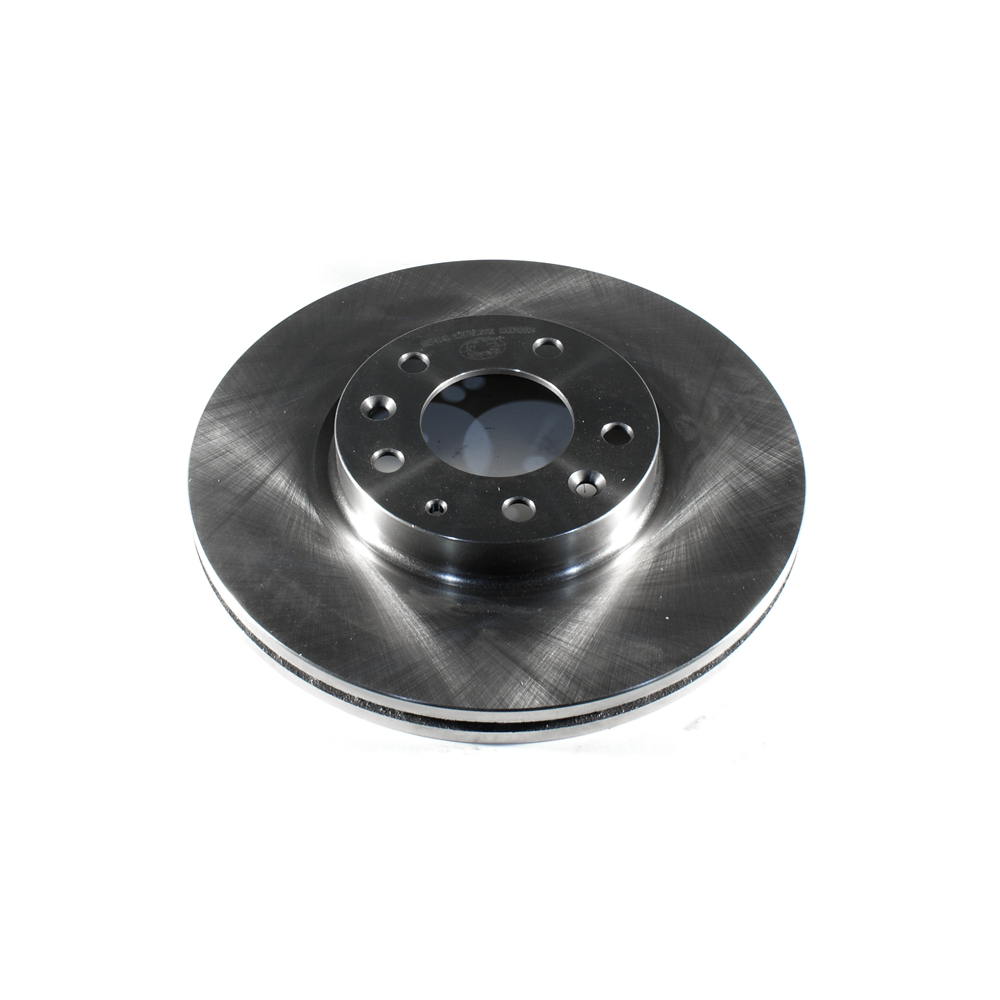
Part No: BR54142
Raybestos: 680404
OE: 6E5Z1125AA
Raybestos: 680404
OE: 6E5Z1125AA
$44.59 each
Per Car QTY: 2
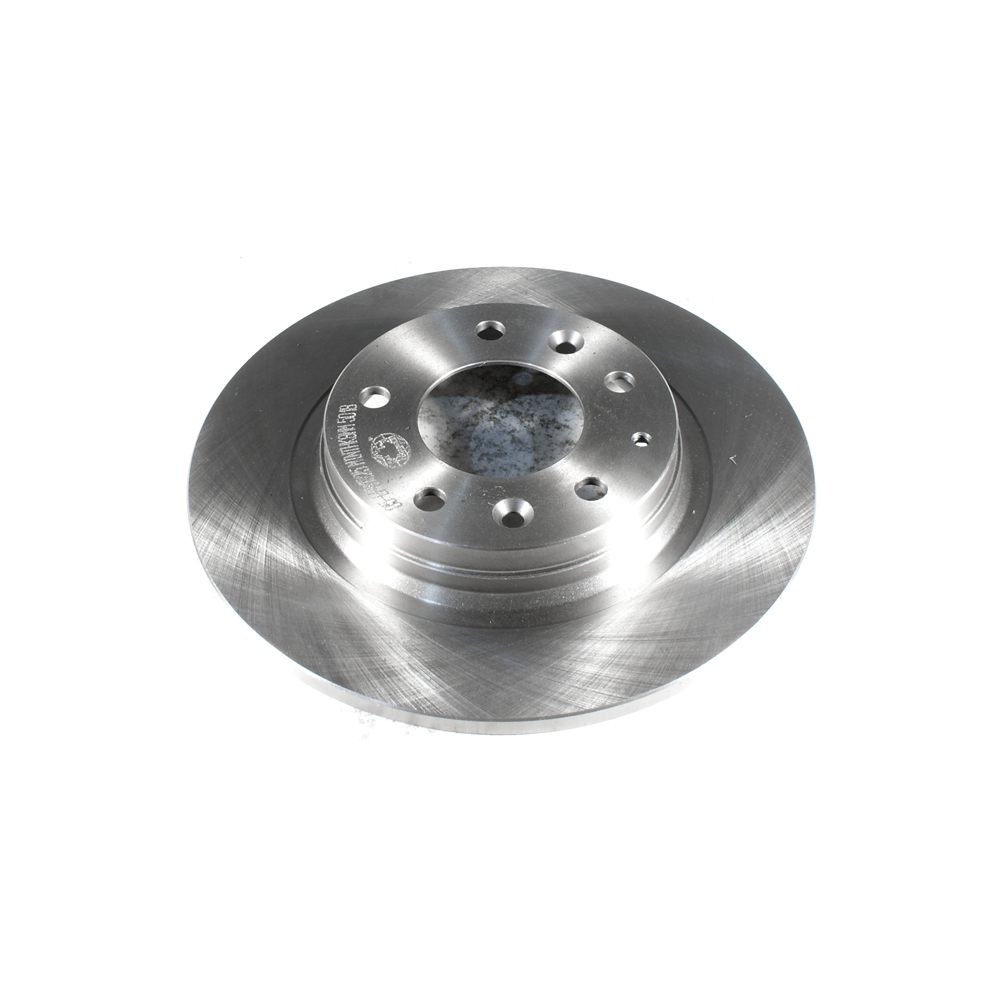
Part No: BR31325
Raybestos: 980172
OE: 6E5Z2C026AA
Raybestos: 980172
OE: 6E5Z2C026AA
$28.8 each
Per Car QTY: 2
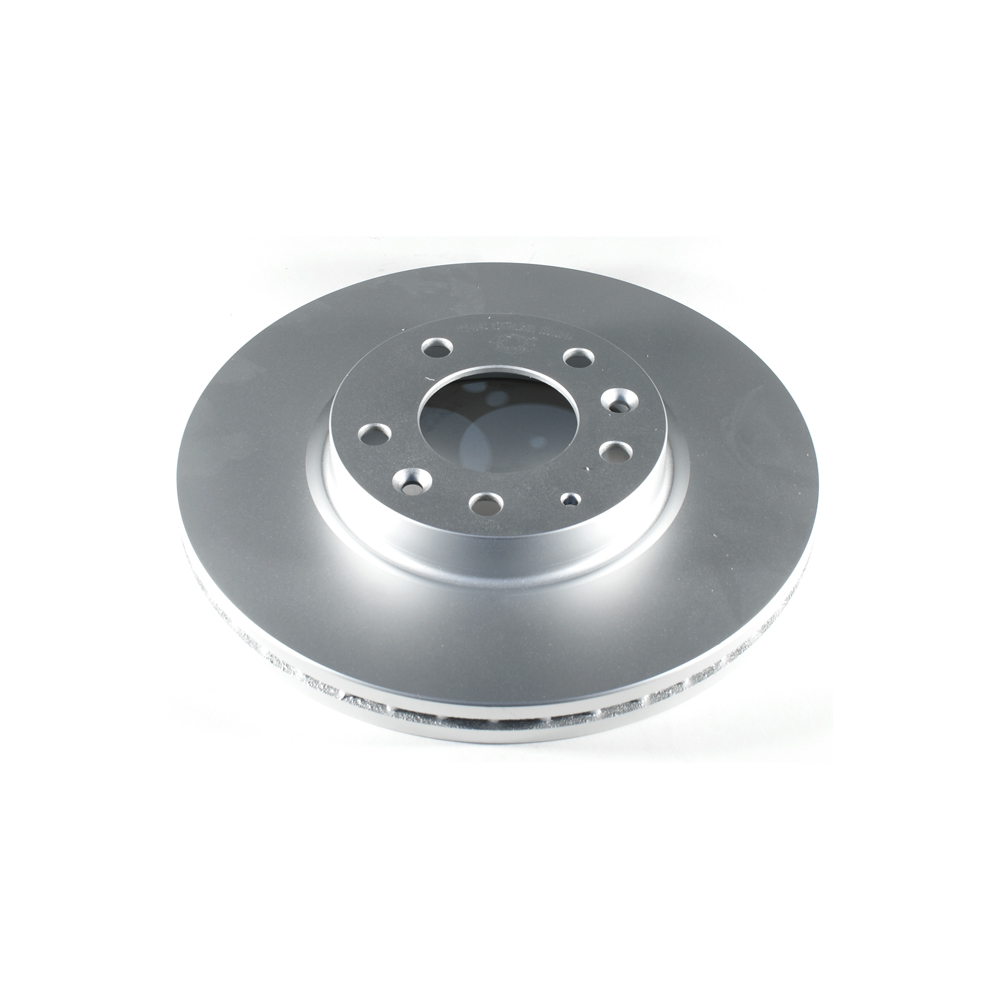
Part No: PP54142
Raybestos: 680404
OE: 6E5Z1125AA
Raybestos: 680404
OE: 6E5Z1125AA
$59.94 each
Per Car QTY: 2
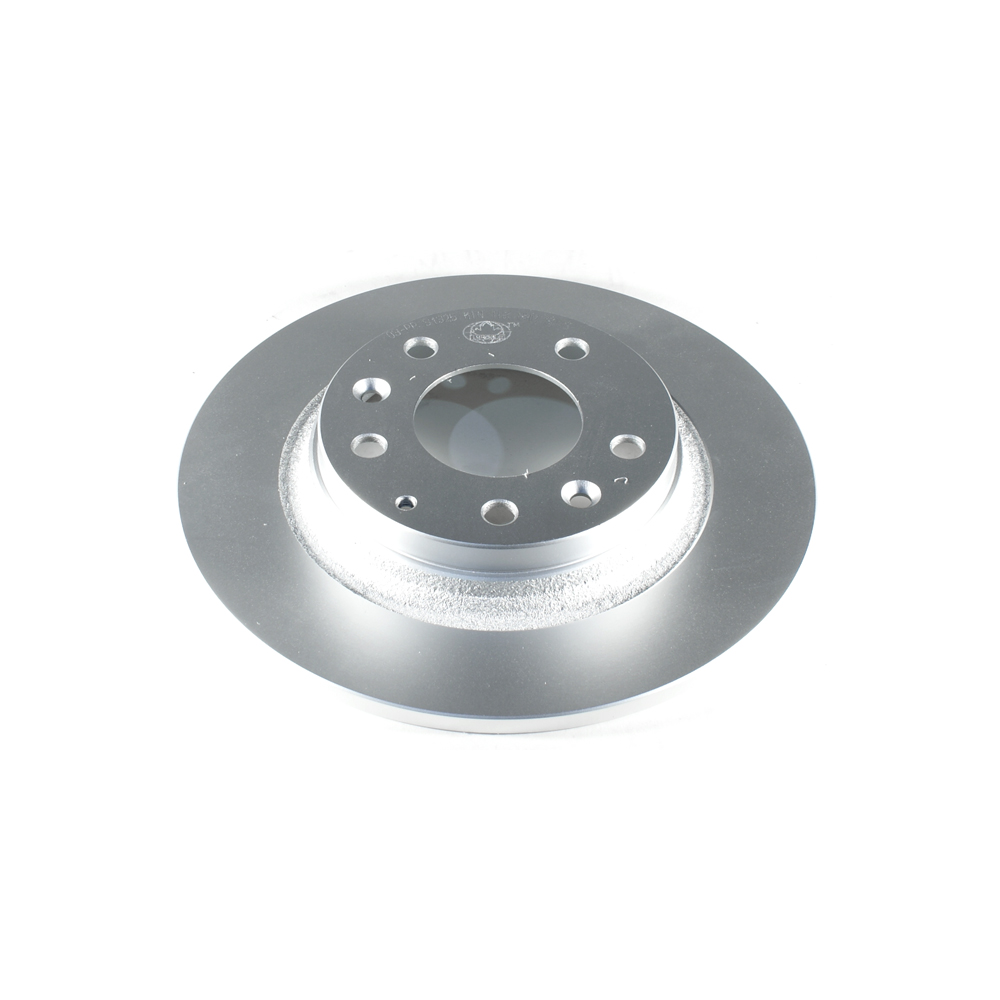
Part No: PP31325
Raybestos: 980172
OE: 6E5Z2C026AA
Raybestos: 980172
OE: 6E5Z2C026AA
$34.27 each
Per Car QTY: 2
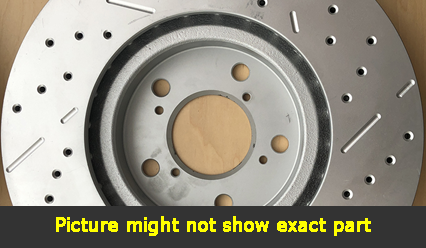
Part No: SP54142L
Raybestos: 680404
OE: 6E5Z1125AA
Raybestos: 680404
OE: 6E5Z1125AA
$92.34 each
Per Car QTY: 1
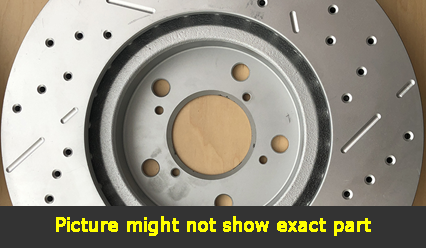
Part No: SP54142R
Raybestos: 680404
OE: 6E5Z1125AA
Raybestos: 680404
OE: 6E5Z1125AA
$92.34 each
Per Car QTY: 1

Part No: SP31325L
Raybestos: 980172
OE: 6E5Z2C026AA
Raybestos: 980172
OE: 6E5Z2C026AA
$66.67 each
Per Car QTY: 1
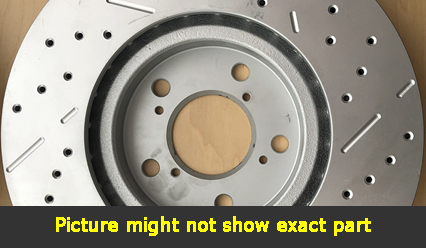
Part No: SP31325R
Raybestos: 980172
OE: 6E5Z2C026AA
Raybestos: 980172
OE: 6E5Z2C026AA
$66.67 each
Per Car QTY: 1
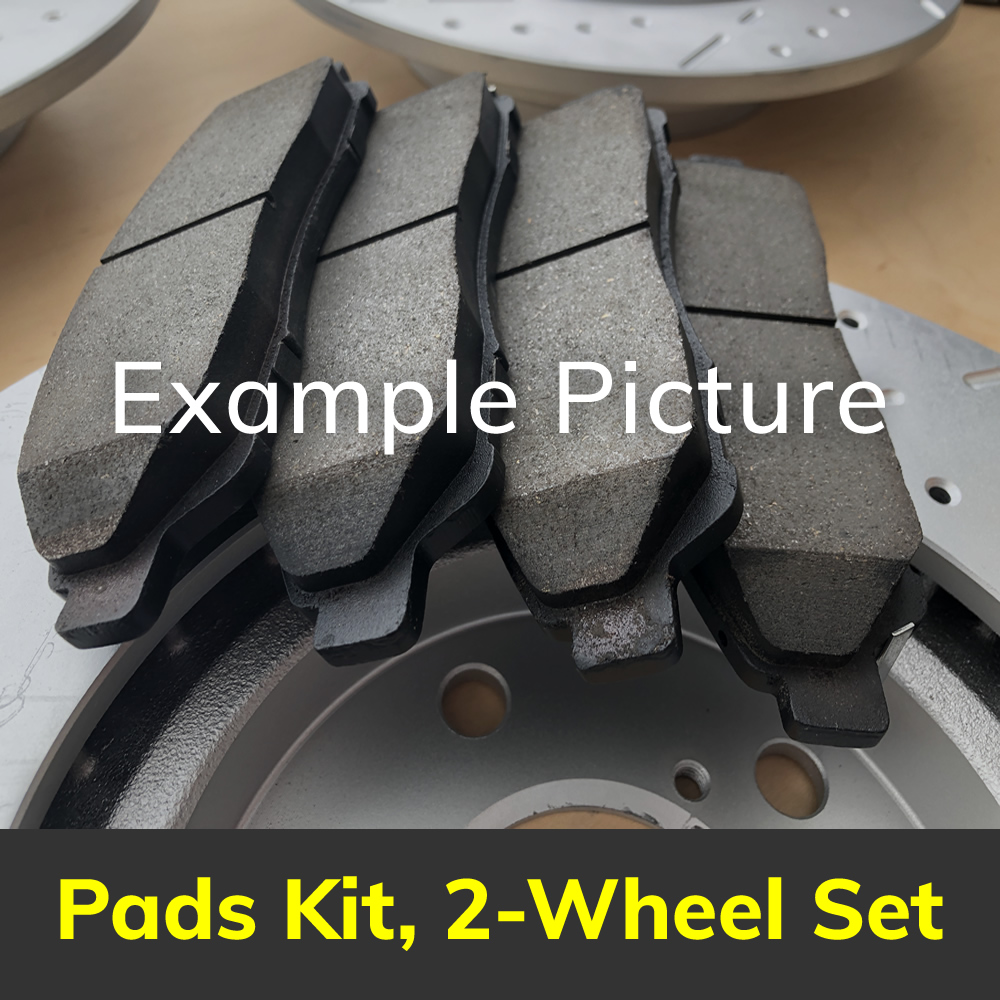
Part No: PD1164C
Raybestos: 1164
OE:
Raybestos: 1164
OE:
$44.24 each
Per Car QTY: 1
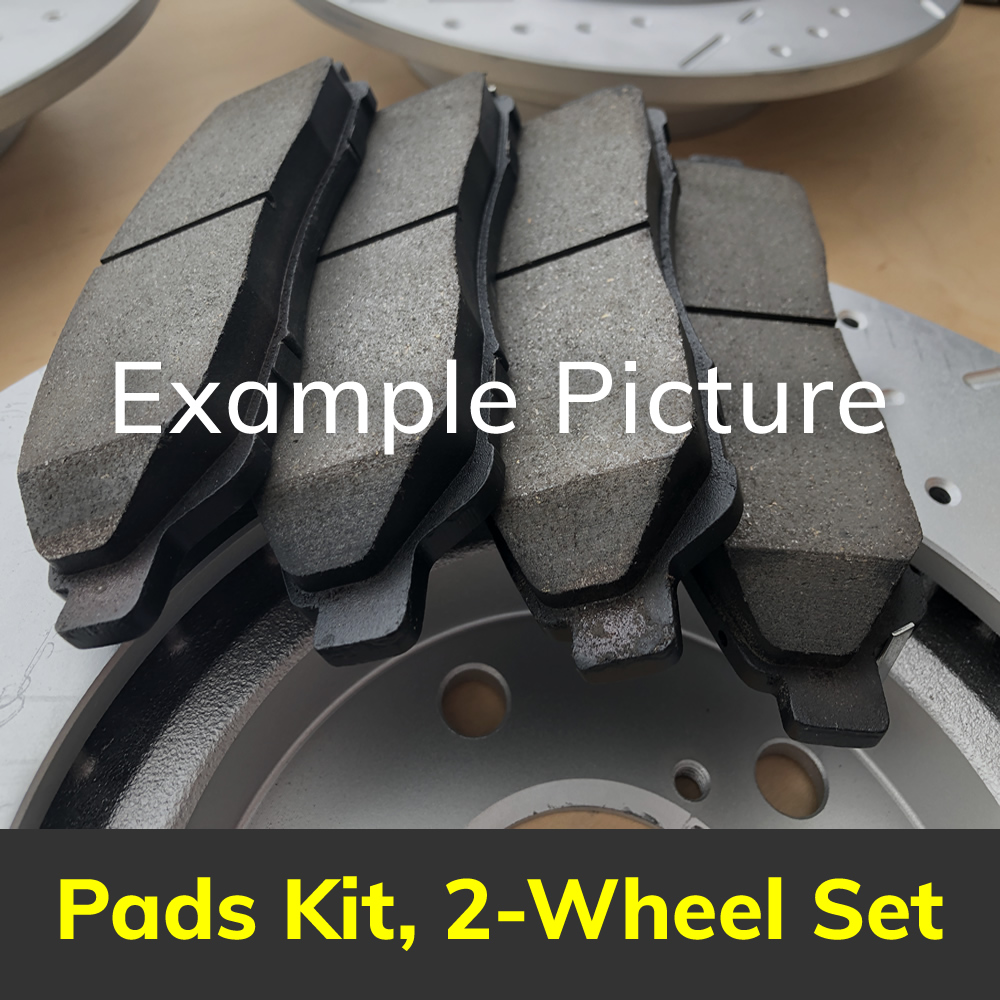
Part No: PD1161C
Raybestos: 1161
OE:
Raybestos: 1161
OE:
$38.12 each
Per Car QTY: 1
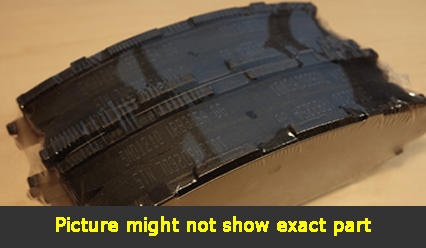
Part No: SMD1164
Raybestos:
OE:
Raybestos:
OE:
$28.57 each
Per Car QTY: 1
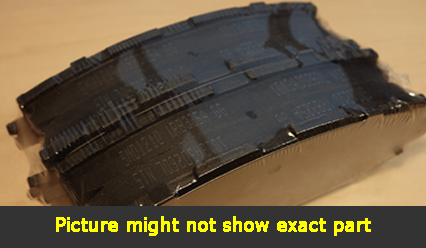
Part No: SMD1161
Raybestos:
OE:
Raybestos:
OE:
$25.97 each
Per Car QTY: 1
Are you looking to enhance your 2009 Mazda 6's braking performance? Upgrading your brakes can not only improve safety but also provide you with better control and responsiveness. However, choosing the right brake system for your car can be overwhelming with the numerous options available in the market. To help you make an informed decision, we have compiled a comprehensive guide on how to choose brakes for your 2009 Mazda 6. Let's dive into it!
1. Determine Your Driving Habits:
Before selecting brakes, it is crucial to evaluate your driving habits. Are you a daily commuter, an enthusiastic driver, or someone who loves occasional spirited drives? Knowing your driving style can help you choose the appropriate brake system for your Mazda 6. Different terrains, traffic conditions, and driving styles require different types of brakes.
2. Research Brake Types:
There are various types of brakes available, such as OEM Replacement Brakes, Performance Street Brakes, Track Brakes, and Big Brake Kits. Each type serves different purposes, and selecting the one that aligns with your driving style is crucial.
- OEM Replacement Brakes: These brakes are designed to match the specifications of your vehicle's original equipment manufacturer (OEM). They provide reliable stopping power with improved longevity, making them a suitable option for everyday driving.
- Performance Street Brakes: If you seek improved braking performance without making any significant modifications, performance street brakes are an excellent choice. They deliver enhanced stopping power, better heat dissipation, and reduced brake fade.
- Track Brakes: Designed for high-performance driving or track use, track brakes are engineered to tolerate extreme heat generated during aggressive driving. These brakes typically include a high-performance pad and rotor combination for maximum stopping power.
- Big Brake Kits: Big Brake Kits (BBK) are ideal for those seeking ultimate braking performance. BBKs consist of larger brake rotors, calipers, and pads, which significantly improve stopping power and heat dissipation. These kits are commonly used in heavy-duty applications or performance-oriented vehicles.
3. Consider Brake Pad Material:
The brake pad material plays a crucial role in determining the overall braking performance. Common brake pad materials include:
- Semi-Metallic: These pads offer a good balance of performance, durability, and affordability, making them suitable for everyday use.
- Ceramic: Ceramic pads provide superior stopping power, produce less brake dust, and generate less noise. They are an excellent choice for those looking for quieter and more refined braking.
- Performance/Track: Performance or track-oriented brake pads are designed to withstand extreme heat and provide exceptional stopping power. However, they might produce more noise and dust during everyday driving.
4. Assess Rotor Options:
When selecting new brakes, consider the rotor options available for your Mazda 6. There are different types of rotors, including standard rotors and slotted or drilled rotors.
- Standard Rotors: These rotors are an excellent choice for daily driving and offer reliable performance under normal conditions.
- Slotted or Drilled Rotors: Slotted or drilled rotors are designed to improve braking performance under demanding conditions by enhancing heat dissipation and reducing brake fade. However, keep in mind that they may wear out brake pads more quickly and create additional noise.
5. Quality Matters:
Always choose reputable brands for your brakes to ensure safety and performance. Look for reviews, recommendations, and feedback from other Mazda 6 owners or automotive enthusiasts to gauge the reliability and durability of the brake system you are considering.
6. Consult With Professionals:
If you are unsure about which brakes are best for your specific needs, consult with professionals such as mechanics or automotive specialists. They can provide valuable advice based on your driving style, vehicle specifications, and desired performance.
By considering your driving habits, researching different brake types, evaluating pad materials and rotor options, prioritizing quality, and seeking professional guidance, you can confidently choose the ideal brake system for your 2009 Mazda 6. Remember, enhancing your car's braking capabilities will not only improve safety but also enhance your overall driving experience.
1. Determine Your Driving Habits:
Before selecting brakes, it is crucial to evaluate your driving habits. Are you a daily commuter, an enthusiastic driver, or someone who loves occasional spirited drives? Knowing your driving style can help you choose the appropriate brake system for your Mazda 6. Different terrains, traffic conditions, and driving styles require different types of brakes.
2. Research Brake Types:
There are various types of brakes available, such as OEM Replacement Brakes, Performance Street Brakes, Track Brakes, and Big Brake Kits. Each type serves different purposes, and selecting the one that aligns with your driving style is crucial.
- OEM Replacement Brakes: These brakes are designed to match the specifications of your vehicle's original equipment manufacturer (OEM). They provide reliable stopping power with improved longevity, making them a suitable option for everyday driving.
- Performance Street Brakes: If you seek improved braking performance without making any significant modifications, performance street brakes are an excellent choice. They deliver enhanced stopping power, better heat dissipation, and reduced brake fade.
- Track Brakes: Designed for high-performance driving or track use, track brakes are engineered to tolerate extreme heat generated during aggressive driving. These brakes typically include a high-performance pad and rotor combination for maximum stopping power.
- Big Brake Kits: Big Brake Kits (BBK) are ideal for those seeking ultimate braking performance. BBKs consist of larger brake rotors, calipers, and pads, which significantly improve stopping power and heat dissipation. These kits are commonly used in heavy-duty applications or performance-oriented vehicles.
3. Consider Brake Pad Material:
The brake pad material plays a crucial role in determining the overall braking performance. Common brake pad materials include:
- Semi-Metallic: These pads offer a good balance of performance, durability, and affordability, making them suitable for everyday use.
- Ceramic: Ceramic pads provide superior stopping power, produce less brake dust, and generate less noise. They are an excellent choice for those looking for quieter and more refined braking.
- Performance/Track: Performance or track-oriented brake pads are designed to withstand extreme heat and provide exceptional stopping power. However, they might produce more noise and dust during everyday driving.
4. Assess Rotor Options:
When selecting new brakes, consider the rotor options available for your Mazda 6. There are different types of rotors, including standard rotors and slotted or drilled rotors.
- Standard Rotors: These rotors are an excellent choice for daily driving and offer reliable performance under normal conditions.
- Slotted or Drilled Rotors: Slotted or drilled rotors are designed to improve braking performance under demanding conditions by enhancing heat dissipation and reducing brake fade. However, keep in mind that they may wear out brake pads more quickly and create additional noise.
5. Quality Matters:
Always choose reputable brands for your brakes to ensure safety and performance. Look for reviews, recommendations, and feedback from other Mazda 6 owners or automotive enthusiasts to gauge the reliability and durability of the brake system you are considering.
6. Consult With Professionals:
If you are unsure about which brakes are best for your specific needs, consult with professionals such as mechanics or automotive specialists. They can provide valuable advice based on your driving style, vehicle specifications, and desired performance.
By considering your driving habits, researching different brake types, evaluating pad materials and rotor options, prioritizing quality, and seeking professional guidance, you can confidently choose the ideal brake system for your 2009 Mazda 6. Remember, enhancing your car's braking capabilities will not only improve safety but also enhance your overall driving experience.


